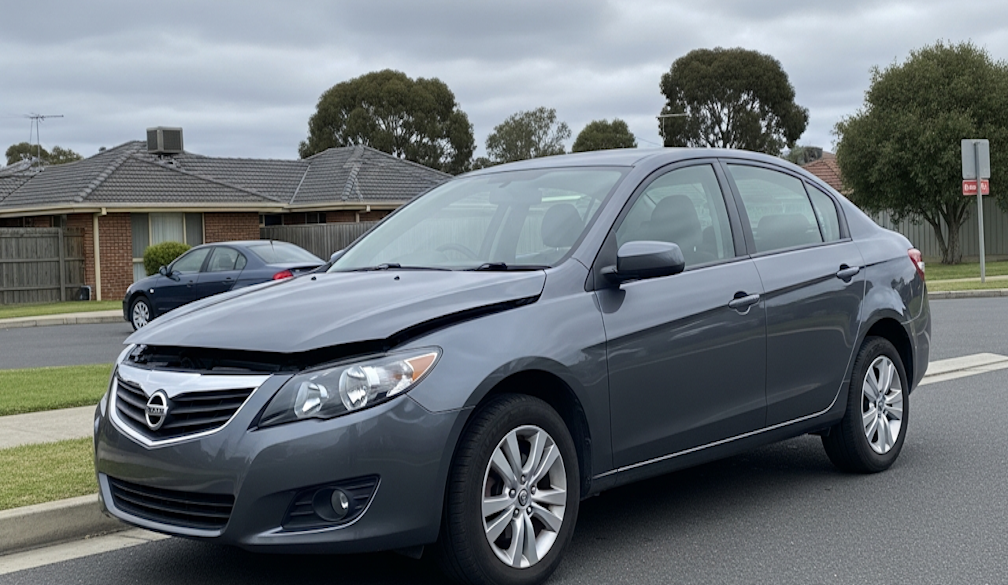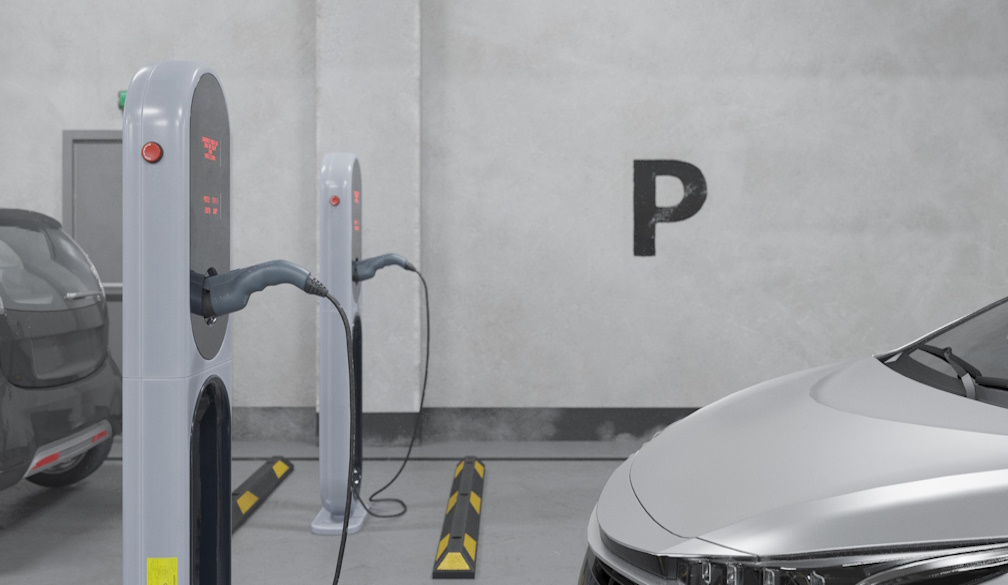Discover the Unrivalled Relaxation of Luxury Cruises: Book Now!
- Written by The Bulletin

Imagine yourself gently gliding across crystal-clear waters, the warm Australian sun kissing your skin, and a refreshing sea breeze whispering through your hair. This isn't a dream; it's the reality of embarking on one of the many opportunities for exclusive luxury cruises available for discerning travellers. If you're searching for a holiday that combines adventure with unparalleled comfort and relaxation, then a high-end cruise might just be the perfect choice for your next getaway. Forget the crowded tourist traps and embrace the serenity of exploring stunning destinations in style.
But what truly sets a luxury cruise apart from your average holiday? It's the meticulous attention to detail, the personalised service, and the sheer indulgence that permeates every aspect of the experience. From gourmet dining prepared by world-class chefs to spacious suites with breathtaking ocean views, these voyages are designed to cater to your every whim. Thinking about ditching the usual for an extraordinary escape? Let's dive into why a luxury cruise is the ultimate relaxation experience.
The Allure of Luxury Cruises
The appeal of cruises offering a luxurious experience lies in their ability to seamlessly blend exploration with relaxation. Instead of hopping from hotel to hotel, packing and unpacking your bags at each new destination, you can settle into your opulent cabin and let the world come to you. Imagine waking up each morning in a new, exotic locale, ready to explore its unique culture and natural beauty, all without sacrificing the comforts of home. Are you ready to trade in the ordinary for the extraordinary?
Unparalleled Comfort and Service
One of the hallmarks of these kinds of cruises is the exceptional level of service you'll receive. Forget queuing at buffet lines or struggling to find a sun lounger. On a luxury cruise, the staff anticipates your needs before you even voice them. From personalised concierge services to attentive cabin stewards, every member of the crew is dedicated to ensuring your complete satisfaction. It’s like having your own personal genie, but instead of three wishes, you get an entire voyage of pampering.
Gourmet Dining Experiences
Foodies, rejoice! Luxury cruises offer a culinary journey that rivals the finest restaurants on land. World-class chefs create exquisite menus using the freshest, locally sourced ingredients. Whether you're craving succulent seafood, perfectly grilled steaks, or innovative vegetarian dishes, you'll find a plethora of options to tantalise your taste buds. And with multiple dining venues to choose from, including elegant restaurants and casual cafes, you can enjoy a different culinary experience every day.
Exploring Australia in Style: The Luxury Cruise Option
For Australians seeking a unique and unforgettable travel experience, a luxury cruise around the Australian coast offers an unparalleled opportunity to discover the beauty and diversity of their own backyard. Imagine exploring the pristine beaches of the Whitsundays, marveling at the rugged landscapes of Tasmania, or immersing yourself in the vibrant culture of Sydney, all from the comfort of a luxurious vessel.
An amazing australian cruise allows you to experience the best of what this vast continent has to offer, without the hassle of domestic flights and multiple hotel check-ins. It’s a chance to reconnect with nature, indulge in gourmet cuisine, and create lasting memories with loved ones. What better way to see your own country than from the deck of a luxury liner?
Destinations to Discover
From the iconic Great Barrier Reef to the charming coastal towns of South Australia, a luxury cruise around Australia offers a diverse range of destinations to explore. You can snorkel in crystal-clear waters, hike through ancient rainforests, or simply relax on pristine beaches. And with expert guides on hand to provide insights into the local flora, fauna, and culture, you'll gain a deeper appreciation for the natural wonders of Australia. Have you ever considered seeing the Kimberley region from the water?
Tailored Experiences
Many providers of luxury cruises offer tailored experiences to suit your individual interests and preferences. Whether you're a history buff, a nature lover, or a foodie, you can find a cruise that caters specifically to your passions. From exclusive shore excursions to private cooking classes, these cruises offer a chance to delve deeper into the destinations you visit and create truly unforgettable memories. It’s about crafting a journey that speaks directly to your soul.
Why Choose a Luxury Cruise Over Other Holidays?
With so many travel options available, you might be wondering why a luxury cruise is the best choice for your next holiday. Here are just a few reasons why these cruises stand out from the crowd:
- Unmatched Relaxation: Forget the stress of planning itineraries, booking hotels, and navigating unfamiliar streets. On a luxury cruise, everything is taken care of for you, allowing you to simply relax and enjoy the journey.
- Exceptional Value: While the initial cost may seem higher than other holidays, luxury cruises often offer better value for money when you factor in the included meals, drinks, entertainment, and activities.
- Unique Experiences: From exclusive access to remote destinations to personalised service and gourmet dining, luxury cruises offer experiences that you simply can't find anywhere else.
- Hassle-Free Travel: Say goodbye to long airport queues and cramped flights. With a luxury cruise, you can travel in comfort and style, without the stress and inconvenience of traditional travel.
Booking Your Luxury Cruise
Ready to embark on the adventure of a lifetime? Booking your luxury cruise is easier than you might think. Start by researching different cruise lines and itineraries to find one that suits your interests and budget. Consider the destinations you want to visit, the activities you want to participate in, and the level of luxury you desire. Don't be afraid to ask questions and seek advice from travel agents or cruise experts. With a little planning, you can create a luxury cruise experience that exceeds your expectations and leaves you with memories that will last a lifetime.
The world of high-end cruising presents a unique opportunity to explore the globe in unparalleled style and comfort. From the stunning Australian coastline to far-flung exotic destinations, these voyages offer a chance to escape the ordinary and indulge in the extraordinary. So, why not treat yourself to the ultimate relaxation experience and book your luxury cruise today? The ocean is calling!
Frequently Asked Questions (FAQs)
1. What is typically included in the price of a luxury cruise?
Luxury cruises often include accommodation, all meals, drinks (including alcoholic beverages), entertainment, activities, and sometimes even shore excursions. It's best to check with the specific cruise line for a detailed list of inclusions.
2. Are luxury cruises suitable for families?
Yes, many luxury cruises cater to families with dedicated kids' clubs, family-friendly activities, and spacious suites that can accommodate larger groups. However, it's worth noting that the atmosphere tends to be more refined and less boisterous than on mainstream cruise lines.
3. What is the dress code on a luxury cruise?
The dress code typically ranges from casual during the day to smart casual or formal in the evenings. Some cruises may have specific formal nights where guests are encouraged to dress up in their finest attire. Check with the cruise line for details.
4. How far in advance should I book a luxury cruise?
It's recommended to book as early as possible, especially if you have specific dates or cabin preferences. Luxury cruises often sell out well in advance, particularly during peak season.
5. What types of activities are available on a luxury cruise?
Luxury cruises offer a wide range of activities, including swimming, sunbathing, spa treatments, fitness classes, cooking demonstrations, wine tastings, and live entertainment. There are also often opportunities to participate in shore excursions, such as guided tours, water sports, and cultural experiences.













